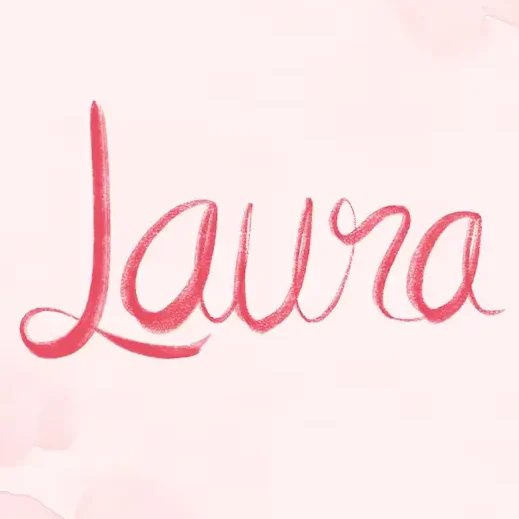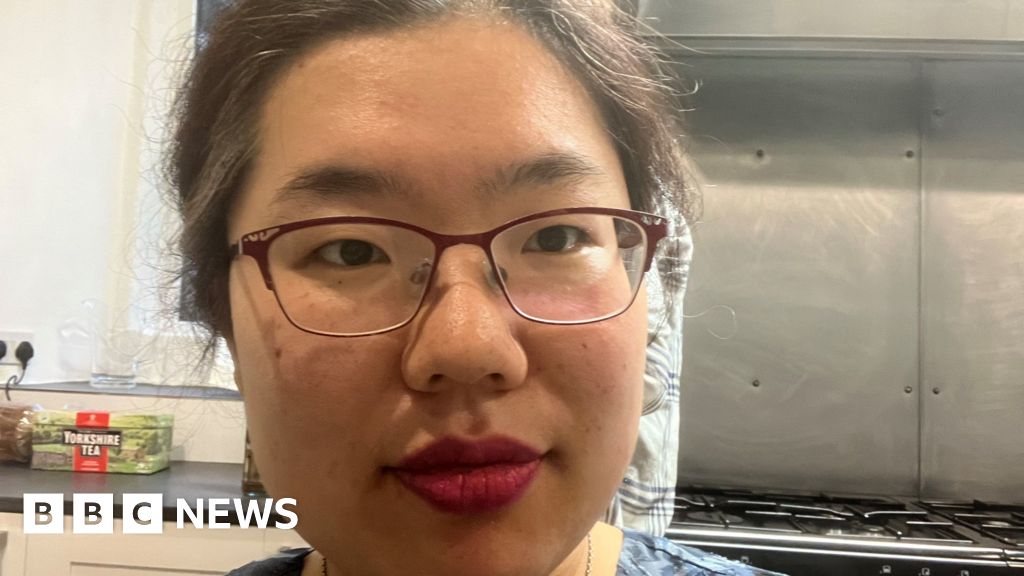Slow cinema is a subgenre whose works can be a considerable challenge for those not accustomed to its patient rhythms, prolonged runtimes, and minimalist plots. Yet moviegoers willing to attune themselves to these films’ wavelengths are often rewarded with pensive, hypnotic gems that tap into the larger, unspoken currents of life and the world. Such is the case with Phạm Thiên Ân’s Inside the Yellow Cocoon Shell, winner of the Caméra d’Or (i.e., best debut) at last year’s Cannes Film Festival. A three-hour drama whose slender story serves as the skeleton for a formally exquisite examination of loss, faith, family, and connection, it’s the year’s first masterpiece, and a must-see for anyone interested in more than just blockbuster fare.
Premiering in theaters on Jan. 19, Inside the Yellow Cocoon Shell is, from a narrative standpoint, deceptively simple. Laconically coasting by in Saigon, twentysomething bachelor Thien (Le Phong Vu) is called to help deal with a family emergency. In his rural Vietnamese hometown, his sister-in-law Hanh has been killed in a car accident, and since her husband (Thien’s brother) Tam has cut and run for parts unknown, her 5-year-old son Dao (Nguyen Thinh) is now an orphan. Upon returning, Thien takes Dao under his wing while overseeing funeral arrangements for Hanh as well as reconnecting with those he hasn’t seen since he departed (and the rest of his clan emigrated to the United States). Such individuals include his buddy Trung (Vu Ngoc Manh) and nun Thao (Nguyen Thi Truc Quynh), a former girlfriend for whom he still has feelings. Eventually, Thien embarks on a quest to find his sibling, leading him into the vast countryside.
It’s an understatement to say that Inside the Yellow Cocoon Shell is light on action. However, it makes up for its lack of notable (much less pulse-pounding) incident with a sumptuous mood conjured by formidable aesthetics. Channeling Asian contemporaries like Apichatpong Weerasethakul and Bi Gan (whose first film Kaili Blues seems to be a direct influence), Phạm Thiên Ân stages most scenes in intensely long, unbroken takes.
Those are highlighted by a 25-minute showstopper that begins at a farm where Thien and Trung discuss the costs of Hanh’s funeral, segues to Thien riding his motorcycle on dirt roads toward a cluster of wooden homes, and concludes with him sitting and chatting with elderly Mr. Luu (Nguyen Van Lu’u), who created the funeral shroud for Hanh and, after again refusing payment for that task, speaks to Thien about his service in the Vietnam War. Purely in terms of duration, it’s an impressive feat. What makes it truly astounding, though, is the dexterity of Phạm Thiên Ân’s and Dinh Duy Hung’s cinematography, which alternates between static compositions, slow zooms, and supple pans—around, inside, and through exterior and interior spaces—with awe-inspiring gracefulness and expressiveness.
In this centerpiece and multiple kindred sequences, Phạm Thiên Ân both conceals and reveals. At the same time, his camerawork moves at a contemplative, ambulatory pace which heightens the sense that Thien is floating through the world—an impression amplified by vistas of Vietnam’s rural villages, valleys and mountains encased in a layer of mist that seems to be pressing down on the Earth’s inhabitants, as well as a dream in which Thien bikes silently along hazy roads punctuated by other vehicles’ blooming headlights. When Thien asks Thao if she’ll wait for him, her response could be an articulation of his own present condition: “I feel I’m drifting. I find myself troubled and suffocated. As though there’s a dense cloud enveloping me. It’s preventing me from reaching the light.”
Phạm Thiên Ân’s distended takes invite contemplation of his deep-focus images, which often frame figures in doorways, windows, and constricting passages, and which the director packs full of telling details, from Mr. Luu’s military certificates and family photographs, to chickens hidden beneath cages on the ground, to faces reflected in off-center mirrors and surfaces. Inside the Yellow Cocoon Shell feels at once ethereal and weighty, with the specters of the past always encircling Thien and yet the onuses of the present—including his grief, alienation, and disorientation—sitting heavily on his shoulders and his heart. Be it a clock glowing in the dark, its ticking hands suggesting unstoppable and ominous forward progress, or Thien’s motorcycle journeys through this pastoral land, the film casts a meditative and borderline-hallucinatory spell. The boundary between the real and the unreal is flimsy, and that’s even without taking into consideration Thien’s fondness for magic tricks, which he uses to keep Dao’s spirits high in the aftermath of his mother’s untimely demise.
At the heart of Inside the Yellow Cocoon Shell’s purgatorial confusion and estrangement is Thien’s spiritual crisis. “The existence of faith is ambiguous… I want to believe, but I can’t,” he says early on, and Hanh’s ensuing death, and the fallout from it, compounds rather than clarifies his questions about God. Like Thao, he’s torn between his desire for holy communion and mortal pleasure, and incapable of satisfactorily reconciling the majestic beauty of the world (where the Almighty’s presence can be felt) with the inherent contradictions of divine will, epitomized by the fact that Tam and Hanh were married by the church (“What God has joined, let no man separate”), and yet Tam subsequently bolted and Hanh was taken back to heaven.
Balancing the buoyant and the burdensome, Inside the Yellow Cocoon Shell is a portrait of a man unmoored. Searching for stability and union along obscure avenues and in remote fields and domiciles, Thien eventually seeks out Tam to no avail, locating only further empty and unsatisfying spaces that leave him in a state of suspended animation. At a roadside locale where he seeks repairs for his motorcycle, an elderly woman discusses the misery of the dead, the rotting pungency of life, and the need to “seek salvation by being devoted to prayer and attending the Holy Mass…the brevity of suffering compared to eternity is but a fleeting moment.” However, incapable of finding solace in God or fantasies of the hereafter (even the ones with which he comforts Dao), Thien remains an aimless wanderer caught between realms, floating along currents he’s incapable of controlling. Inside the Yellow Cocoon Shell asks something similar of its viewers, compelling them to submit to its serene and ruminative cadences. Those that do will be well rewarded.

Laura Davis is an entertainment aficionado who delves into the glitz and glamour of the entertainment industry. From Hollywood to Broadway, she offers readers an insider’s perspective on the world of movies, music, and pop culture.





